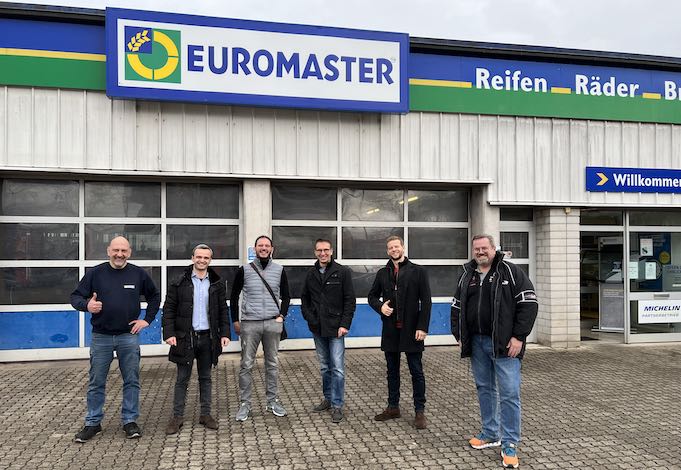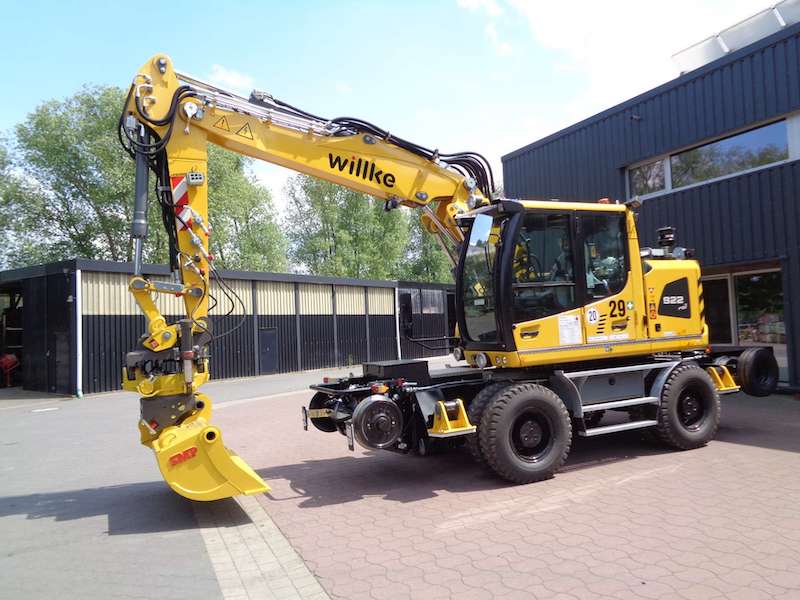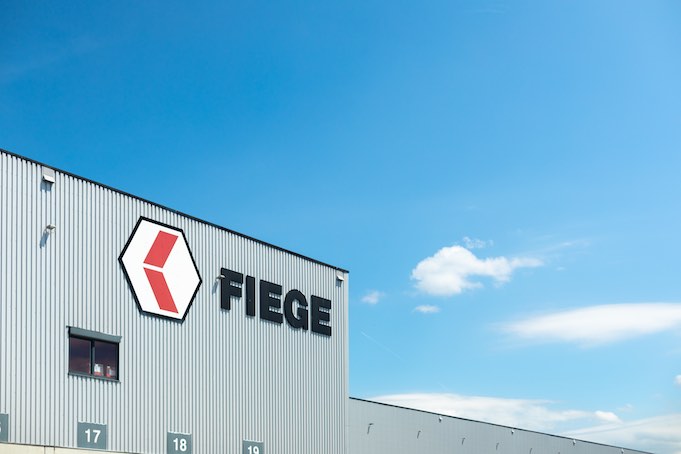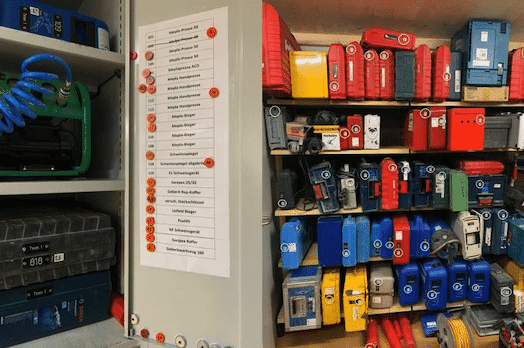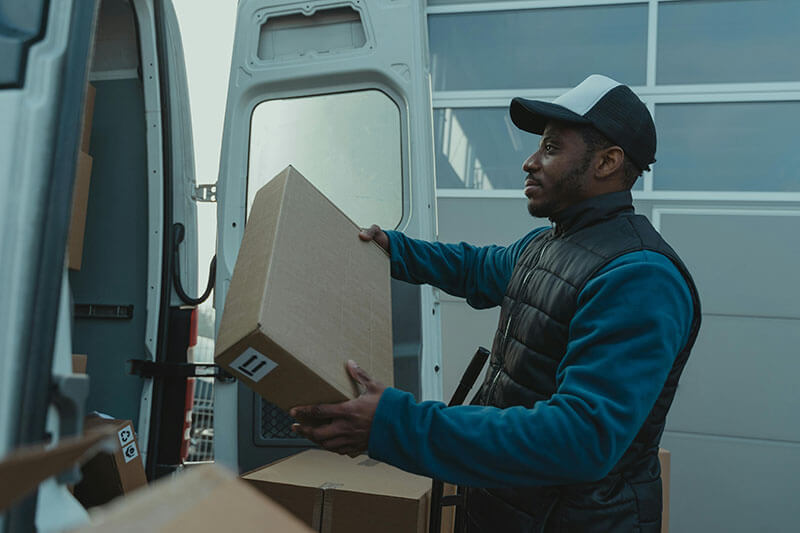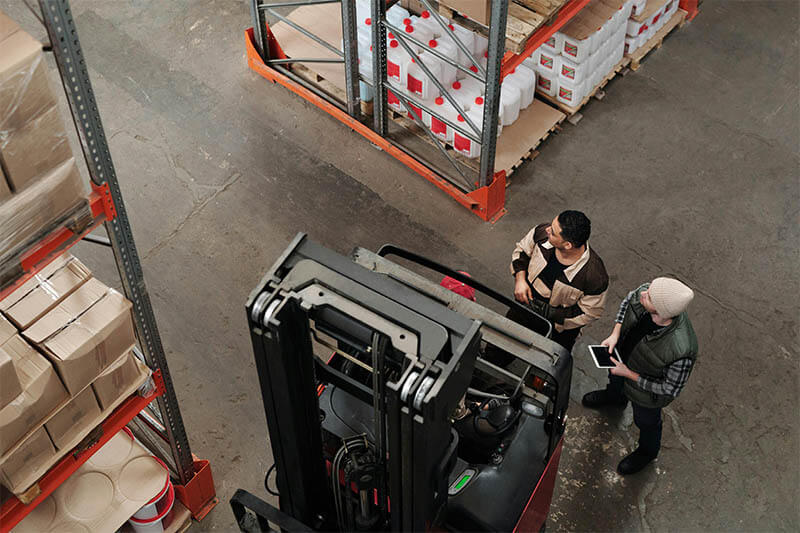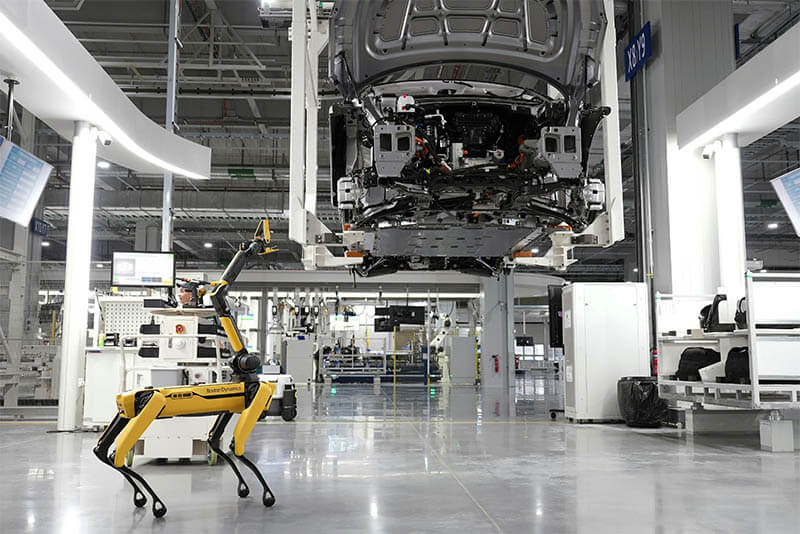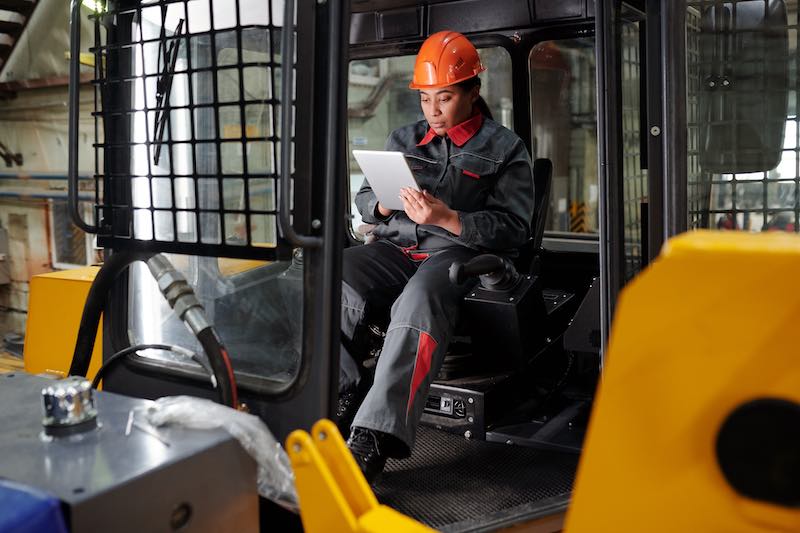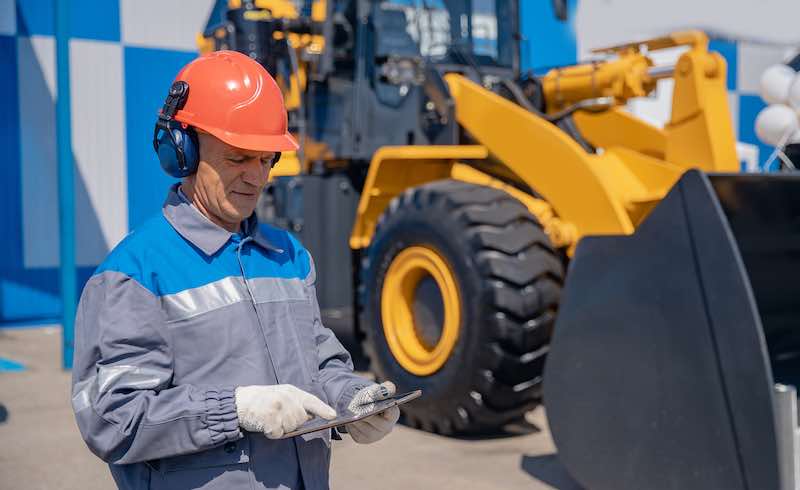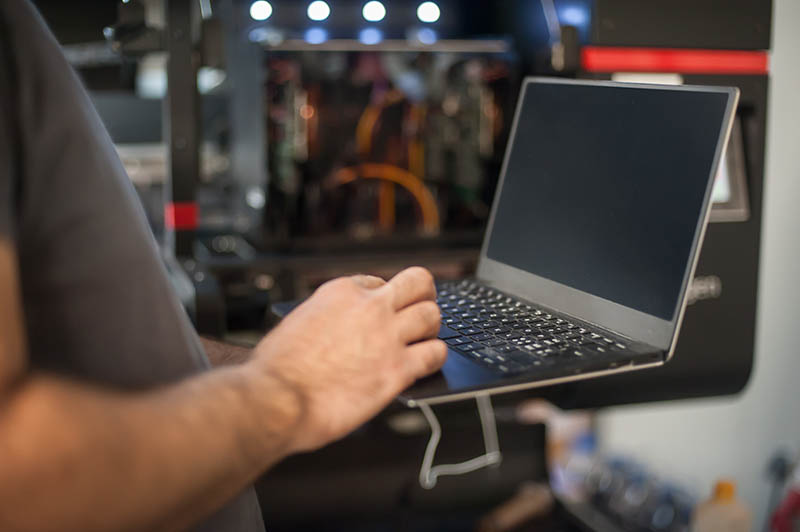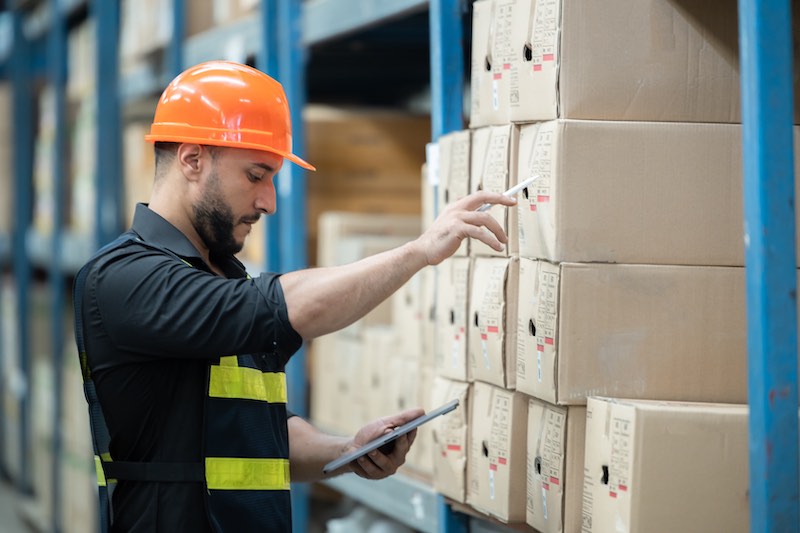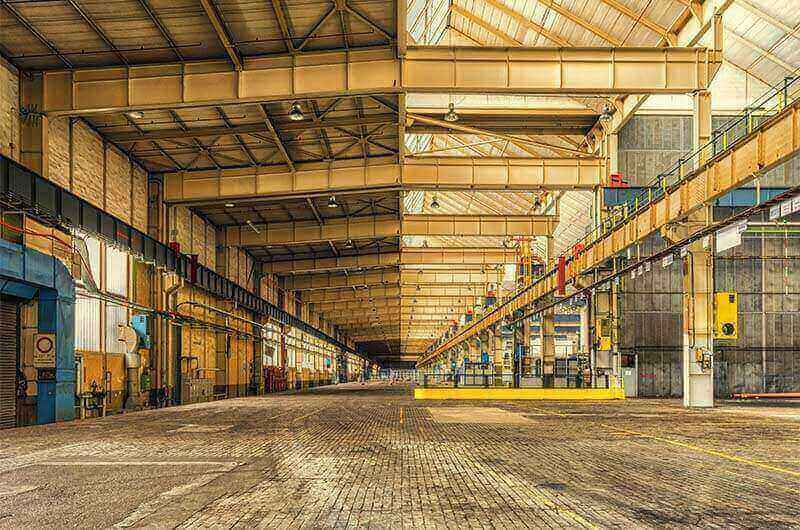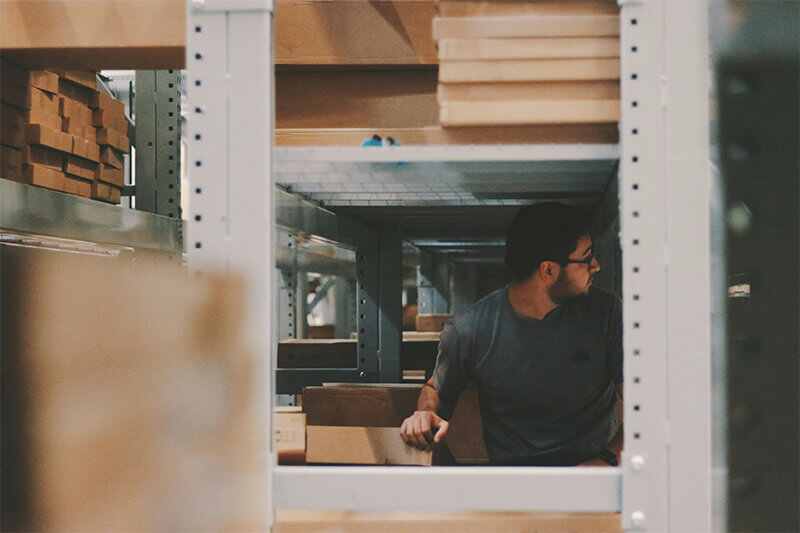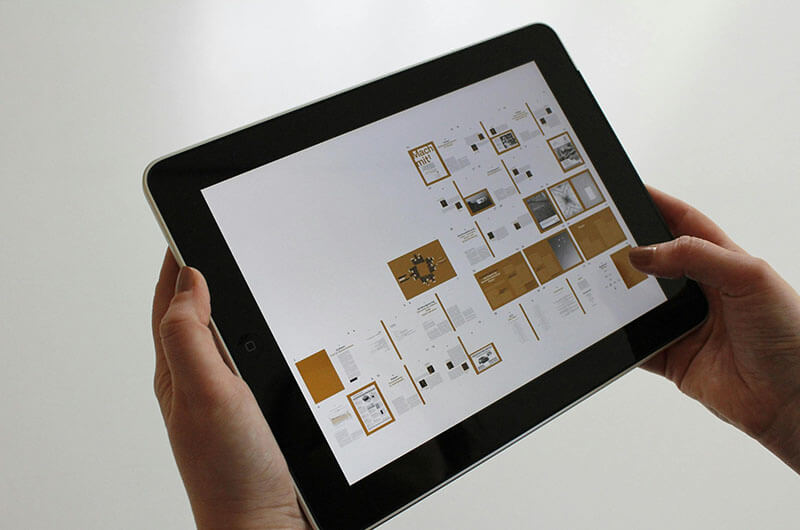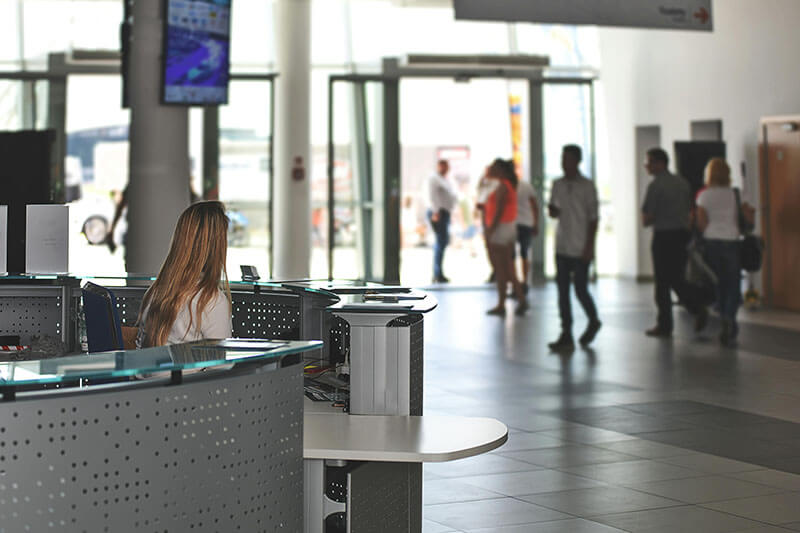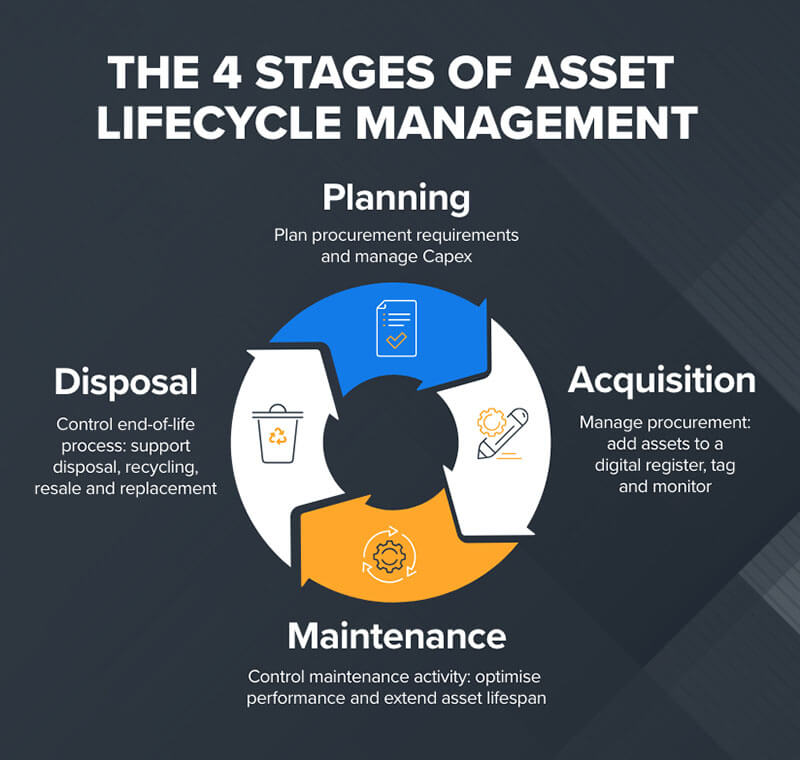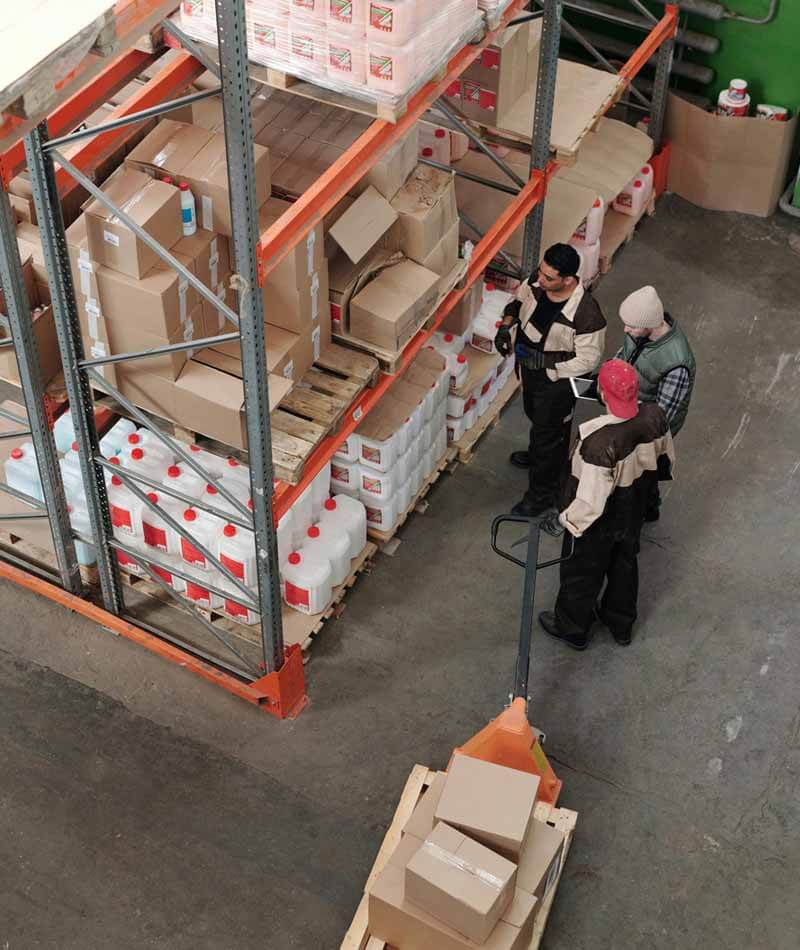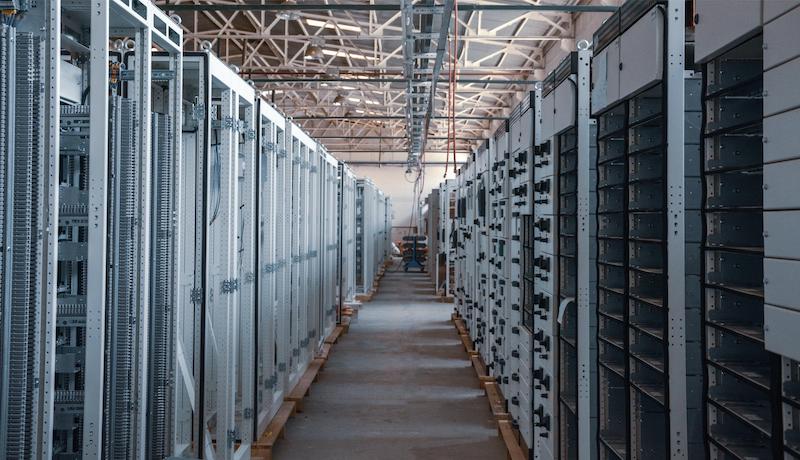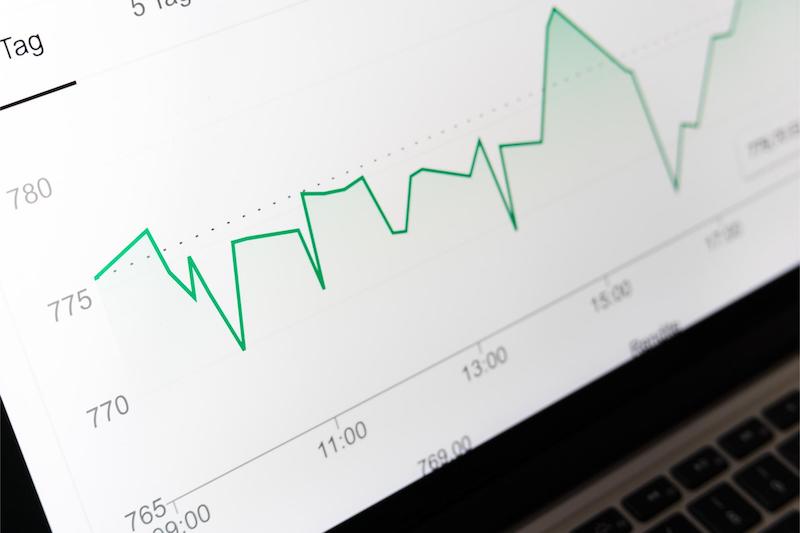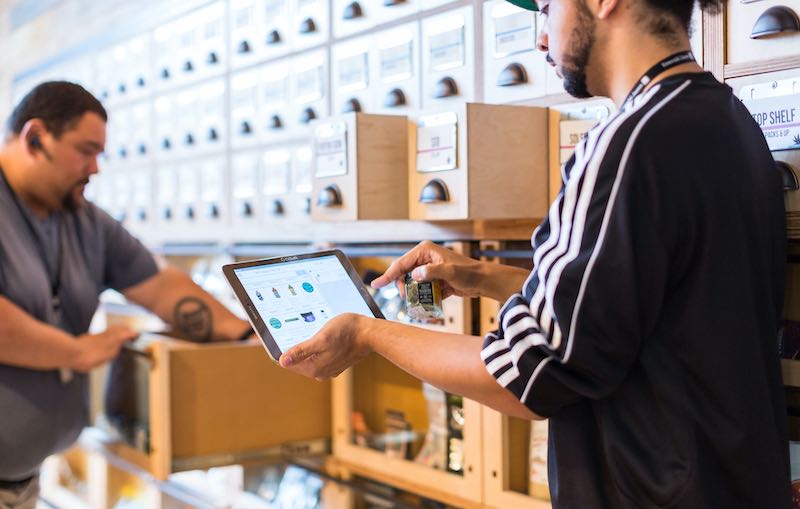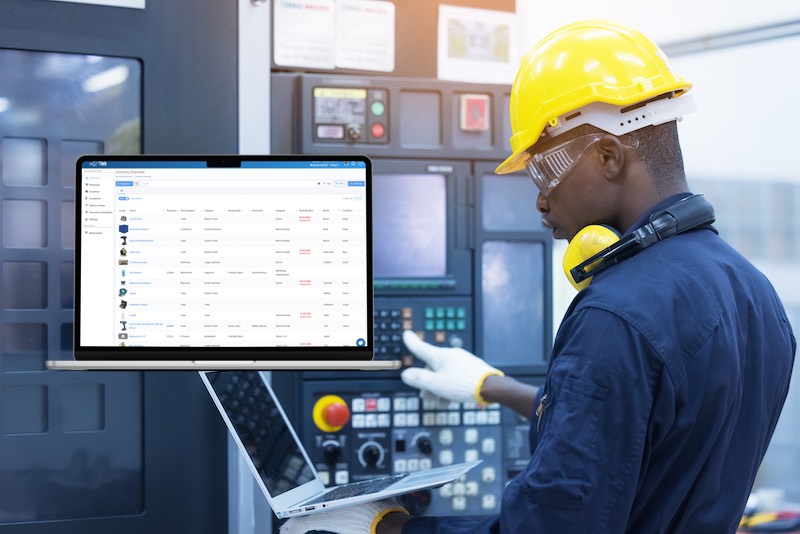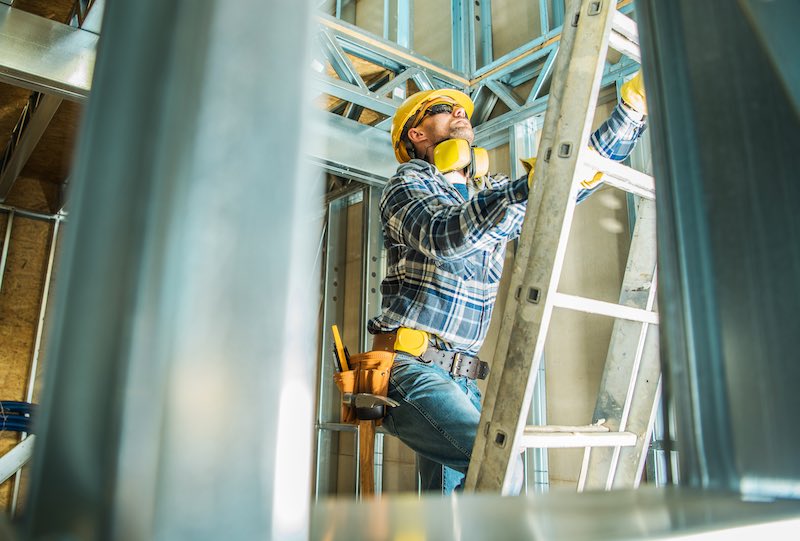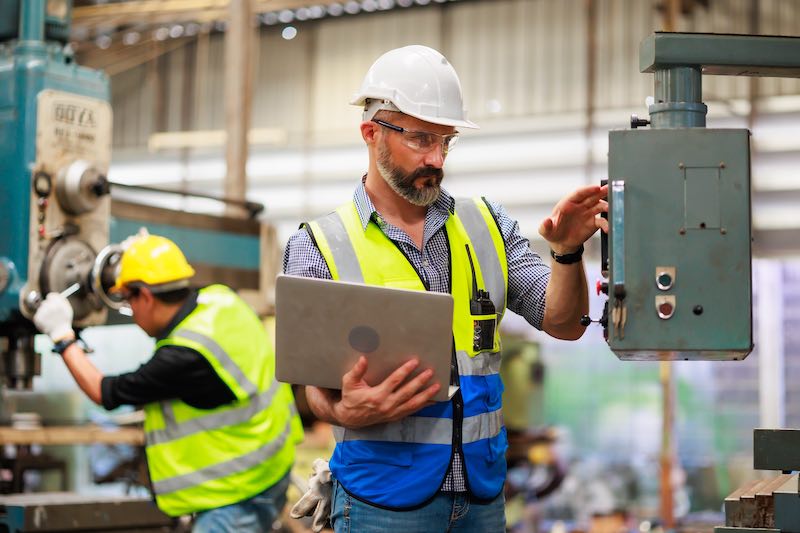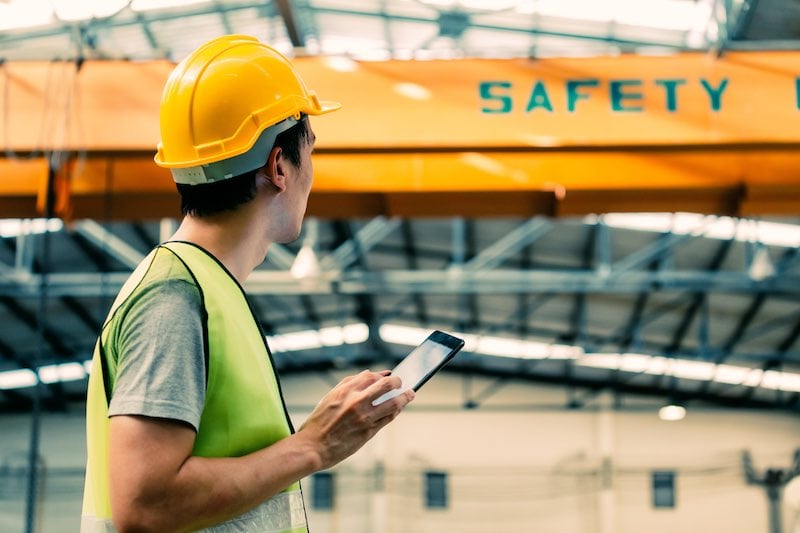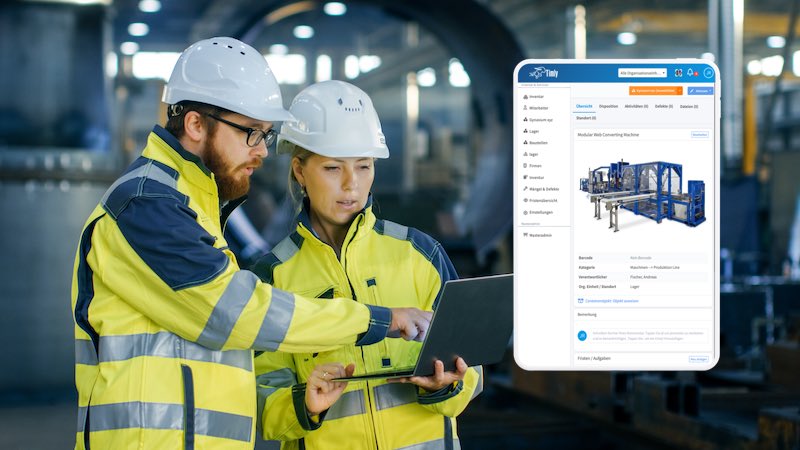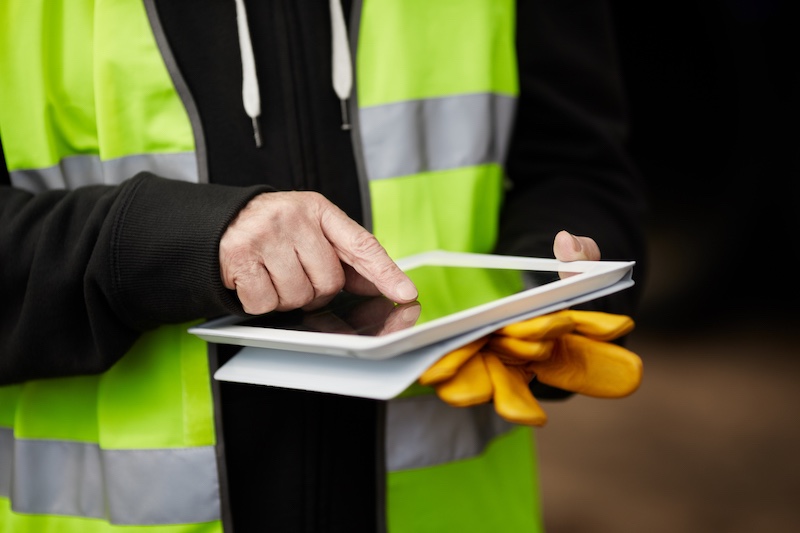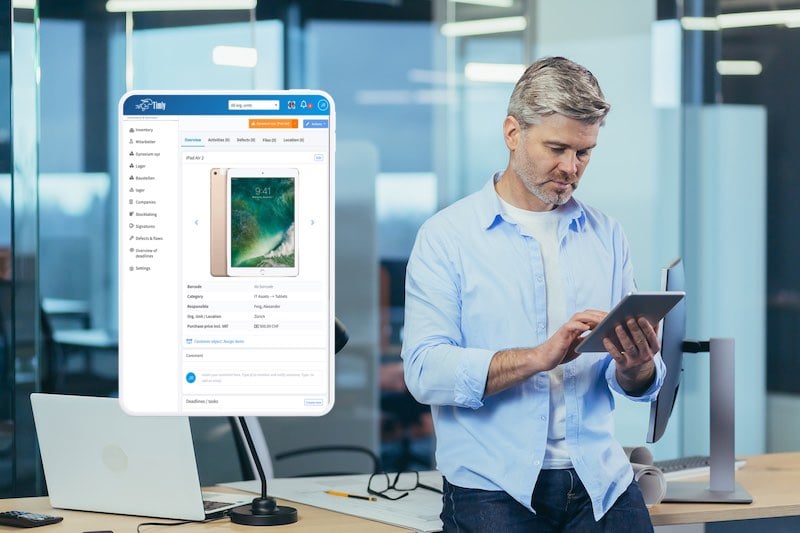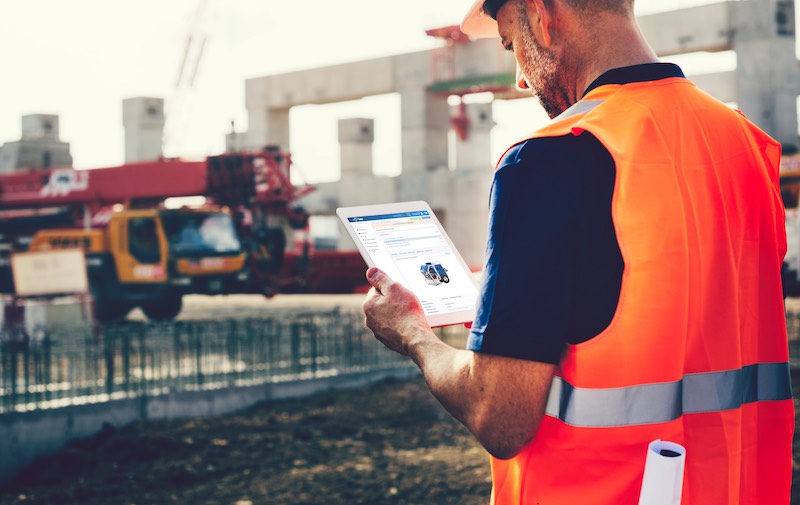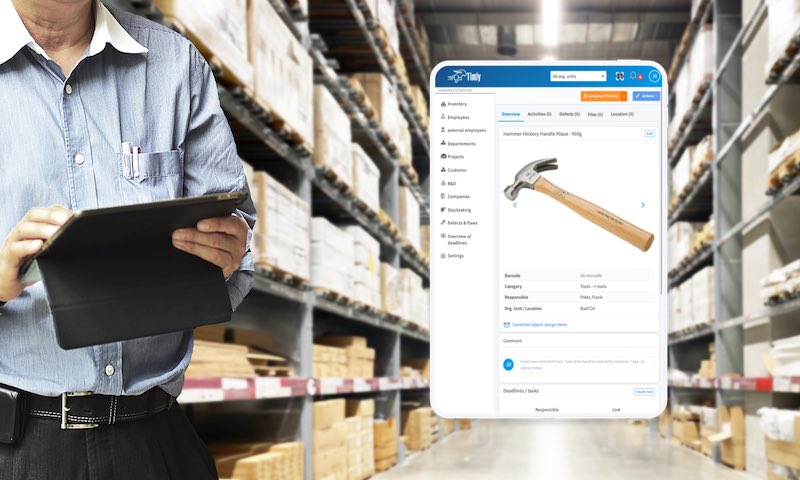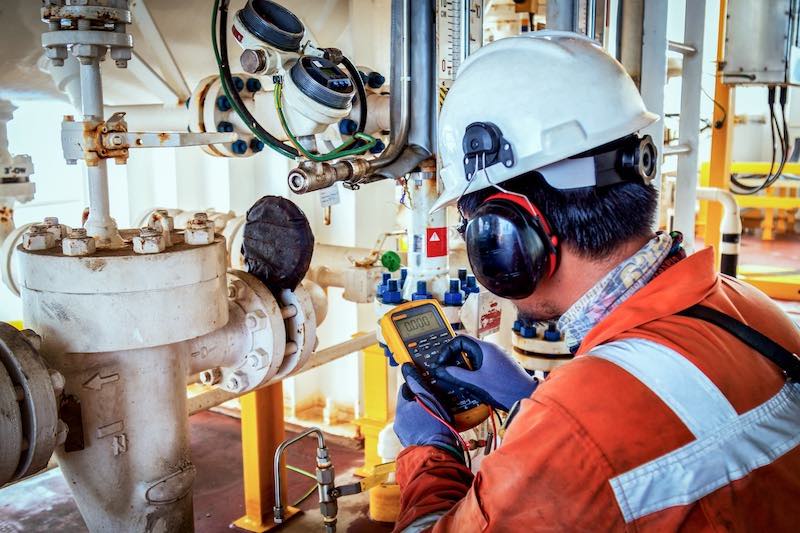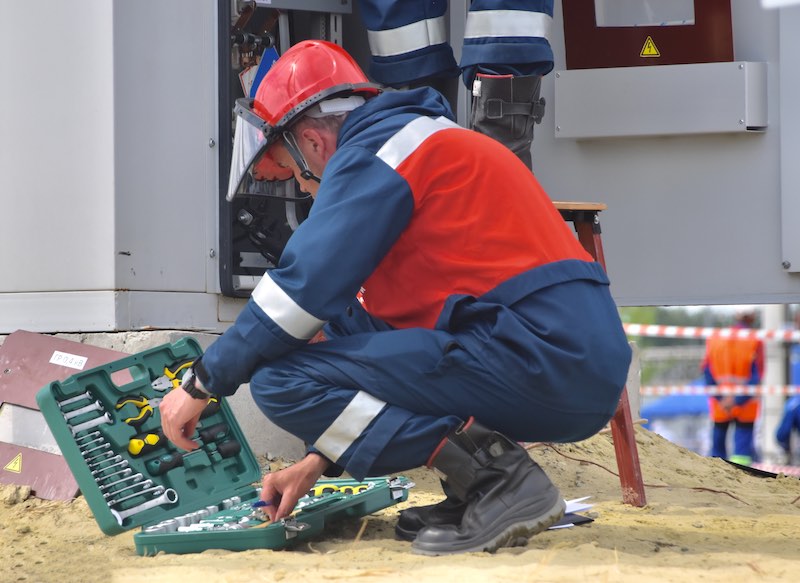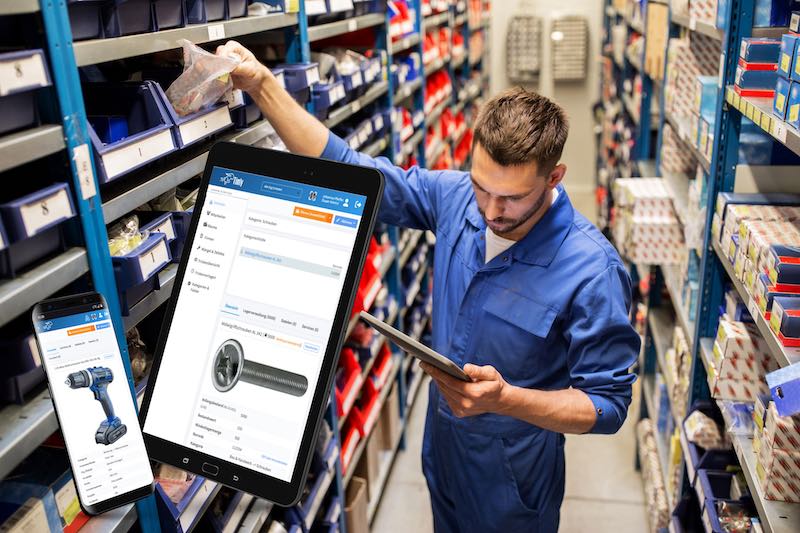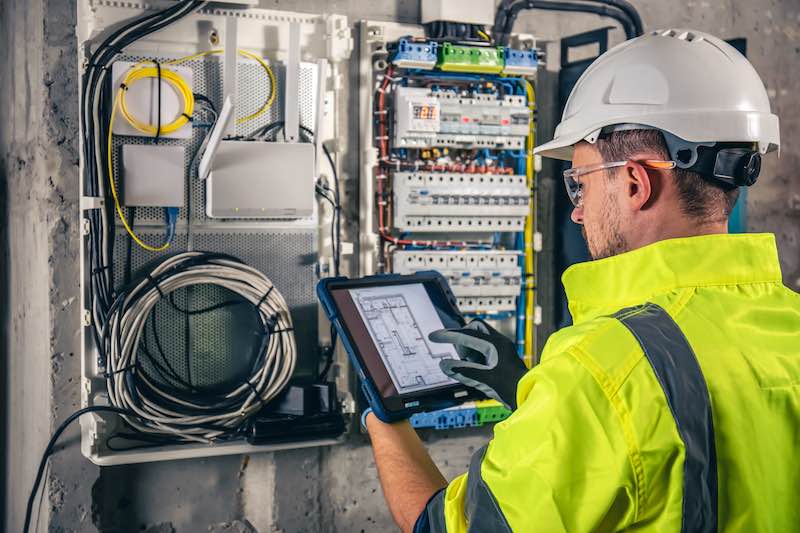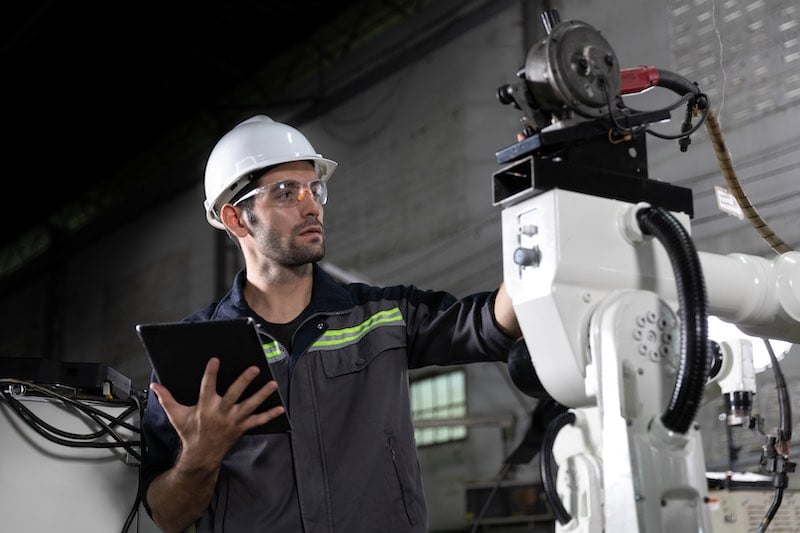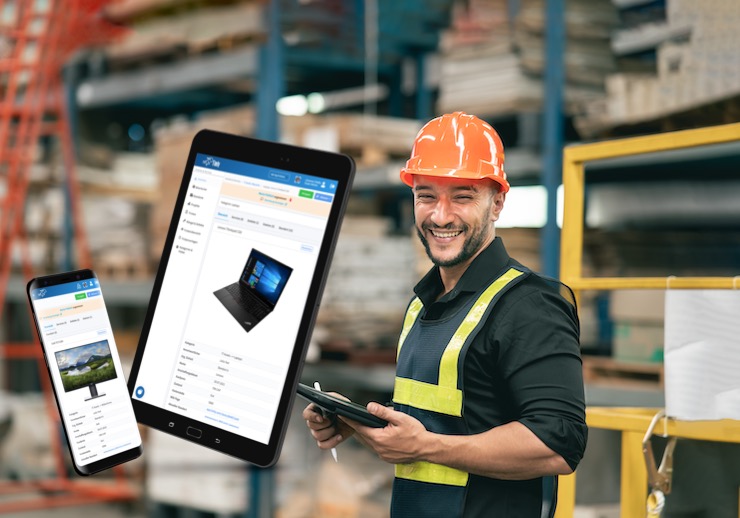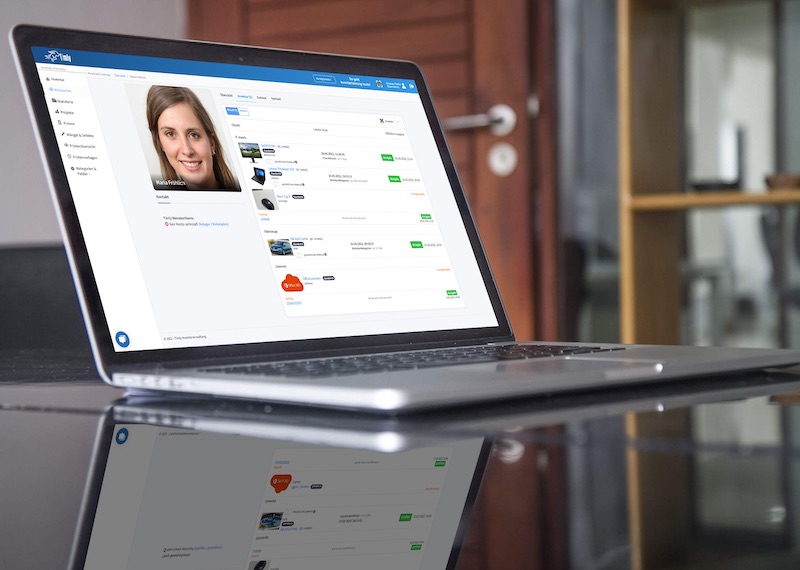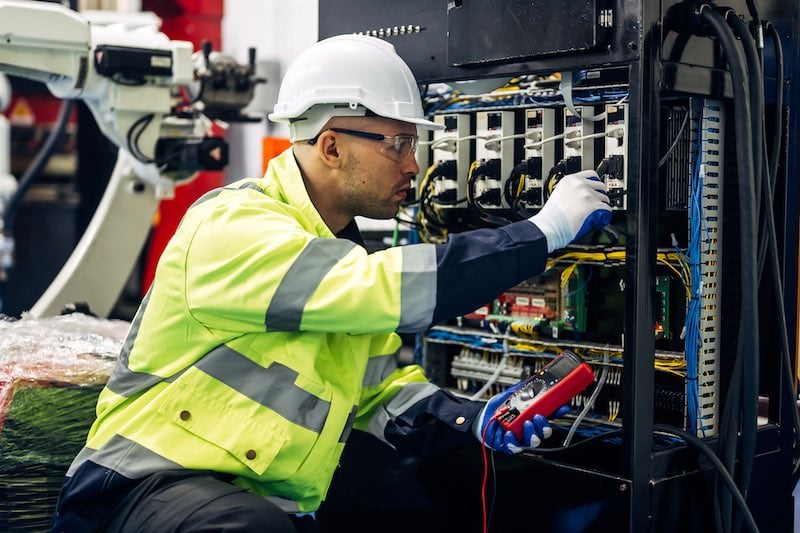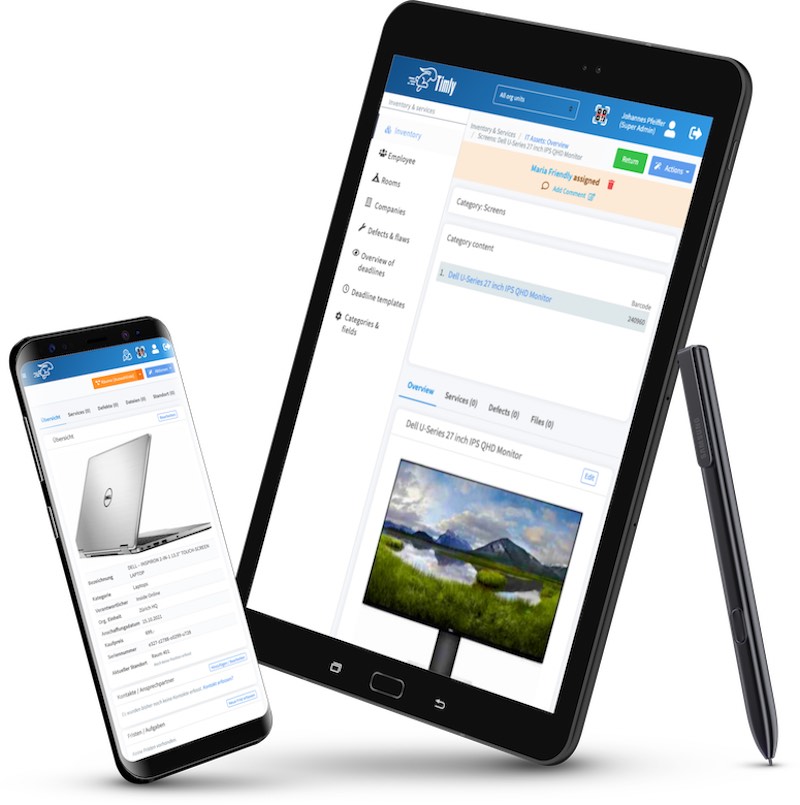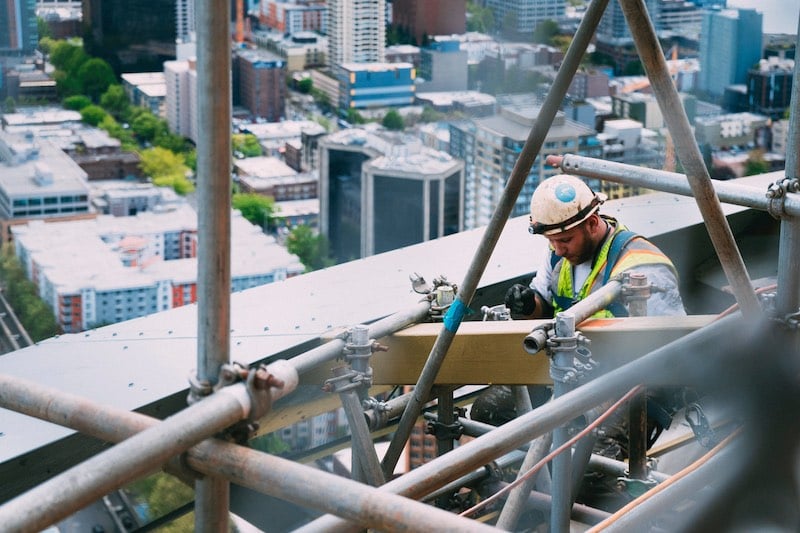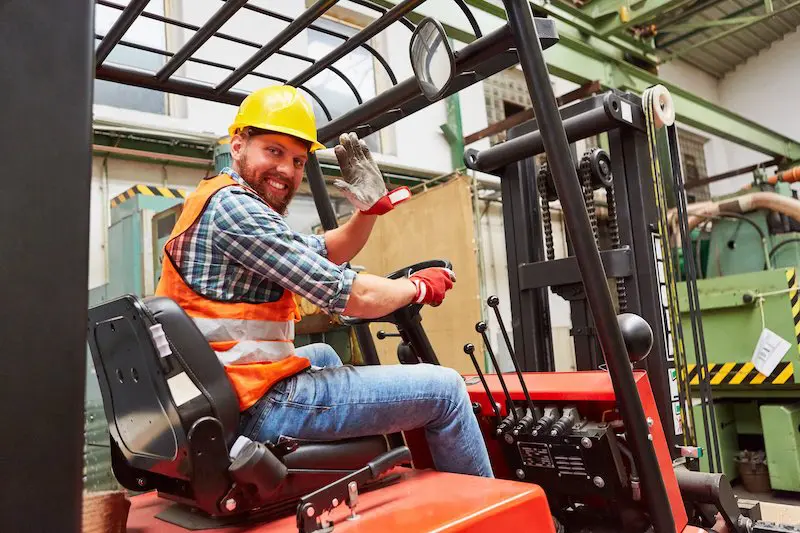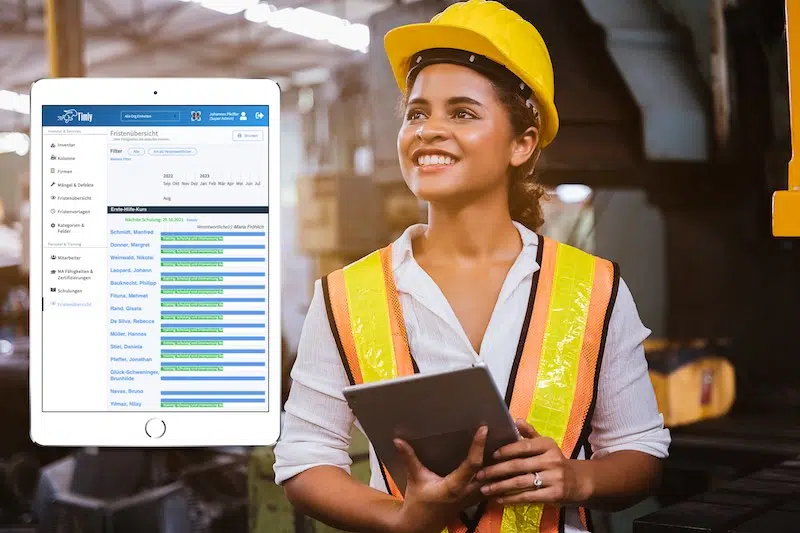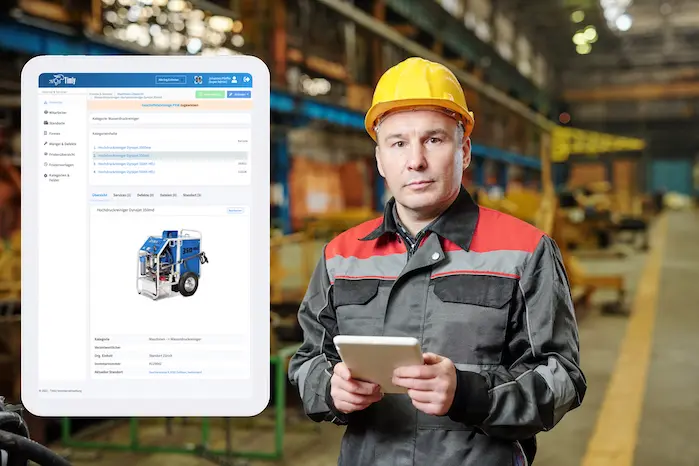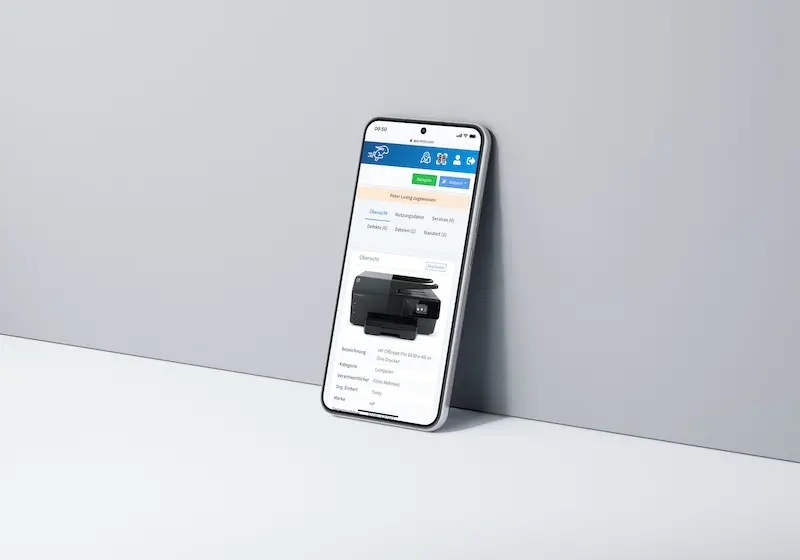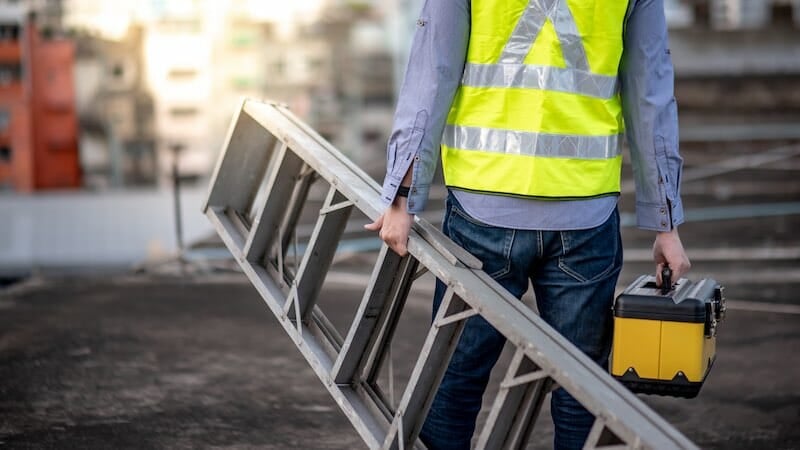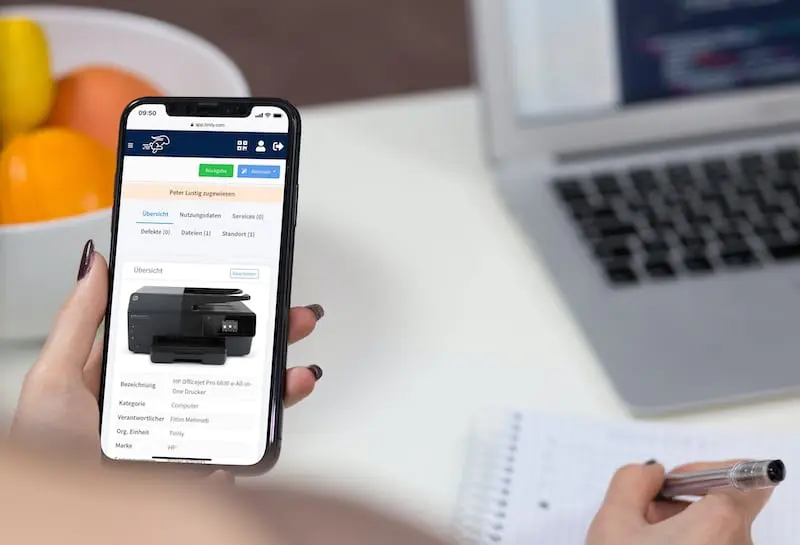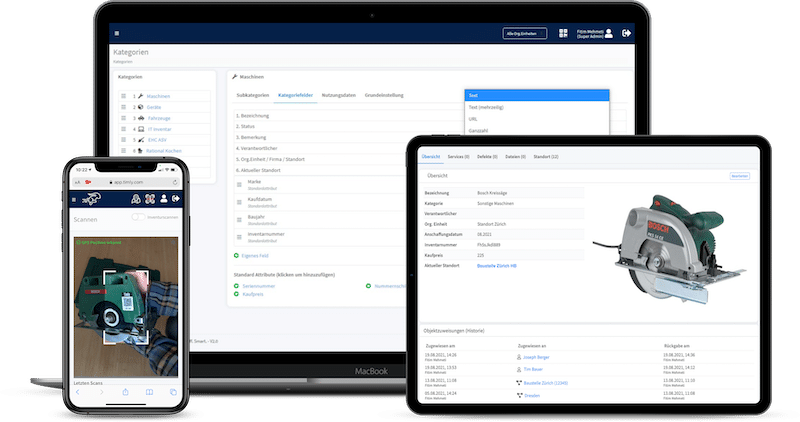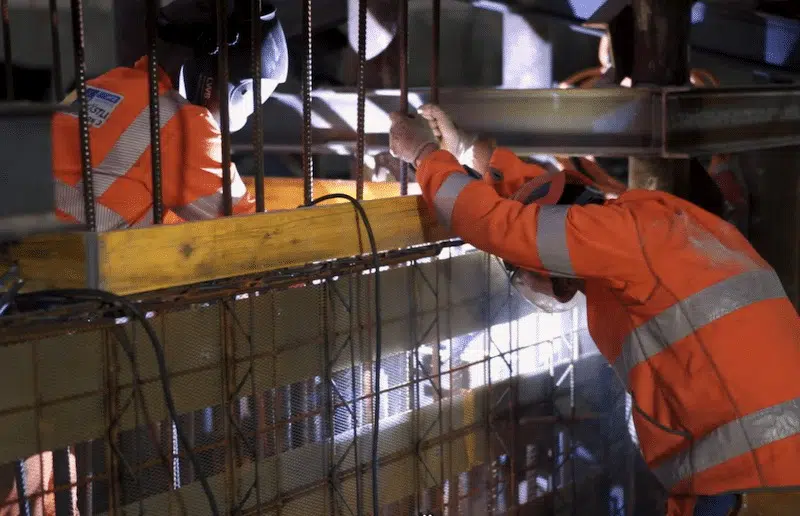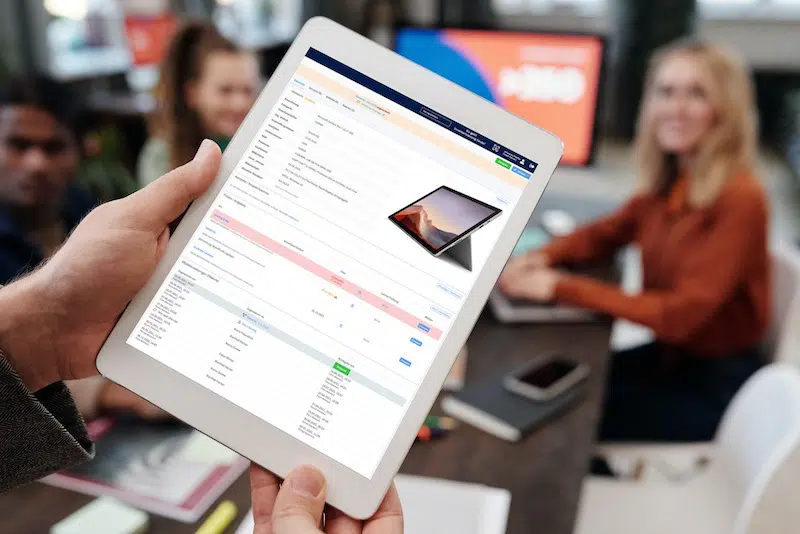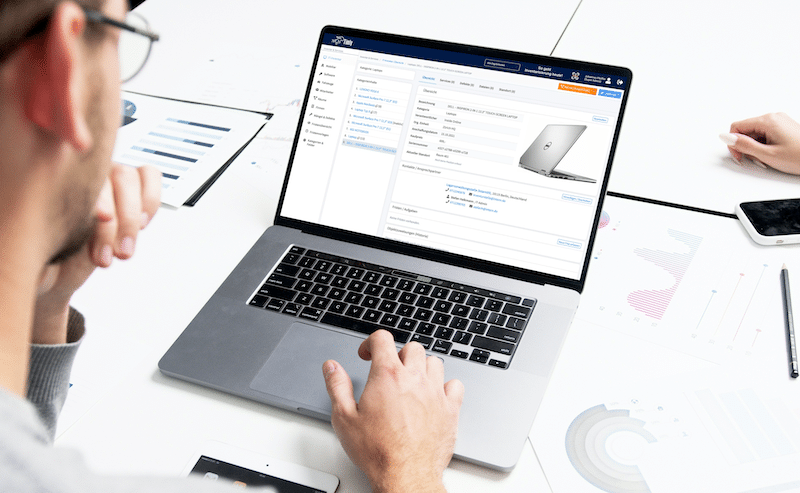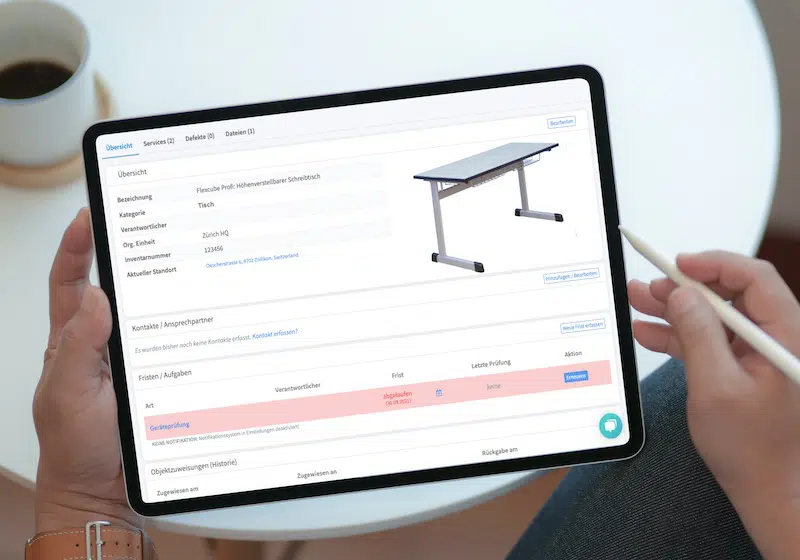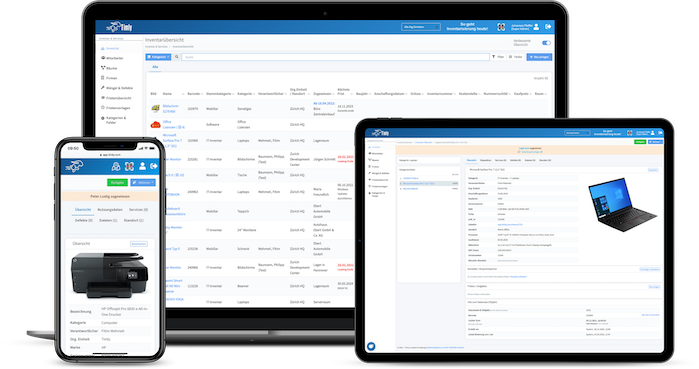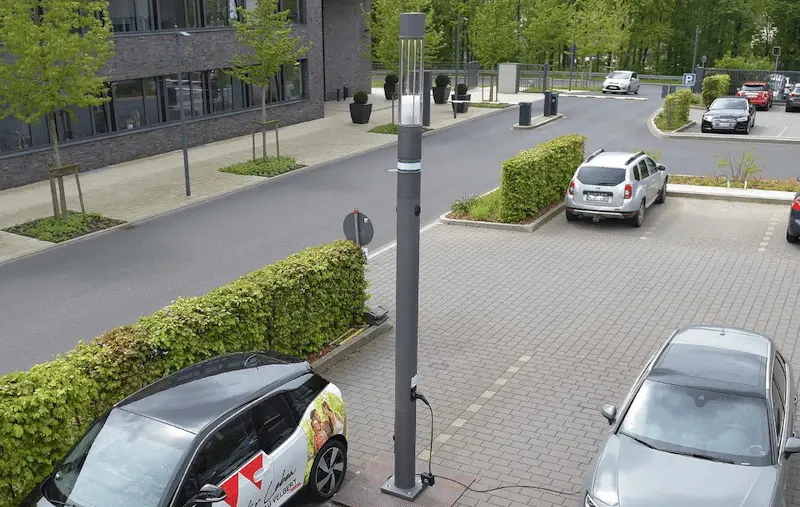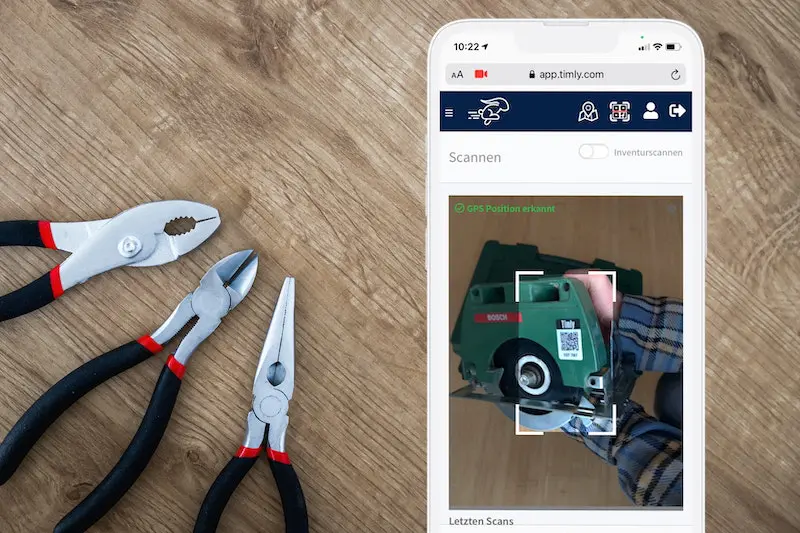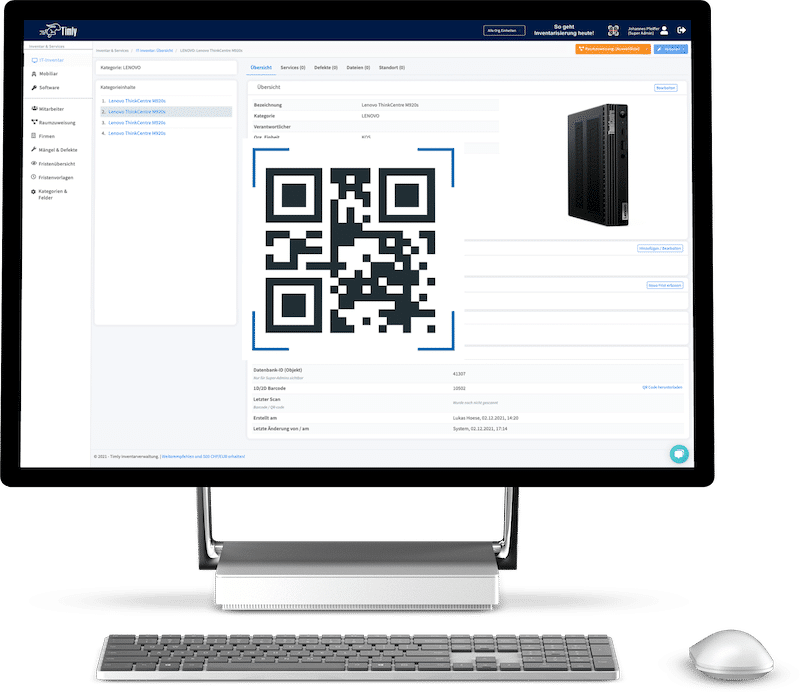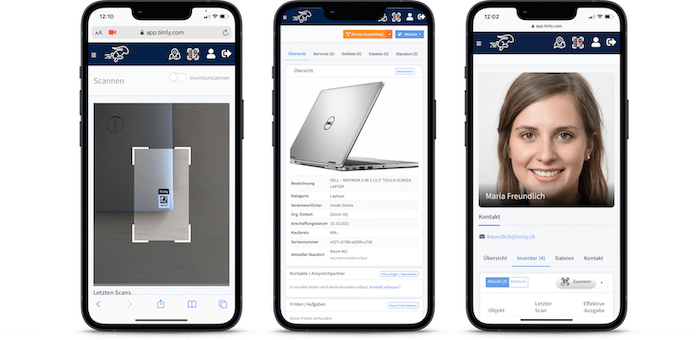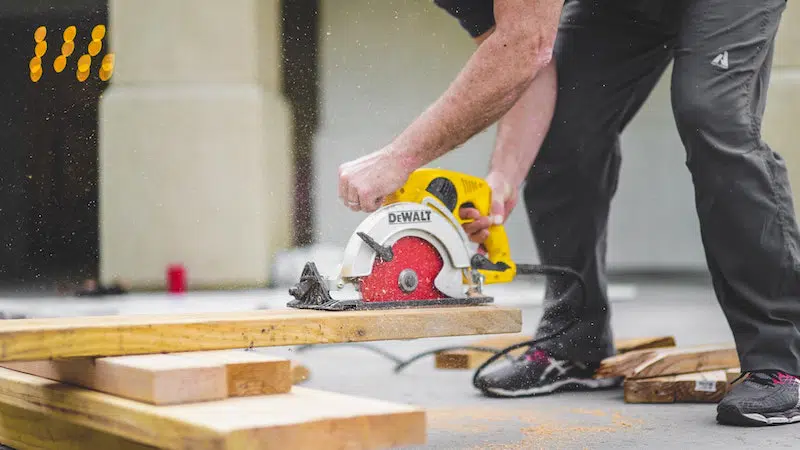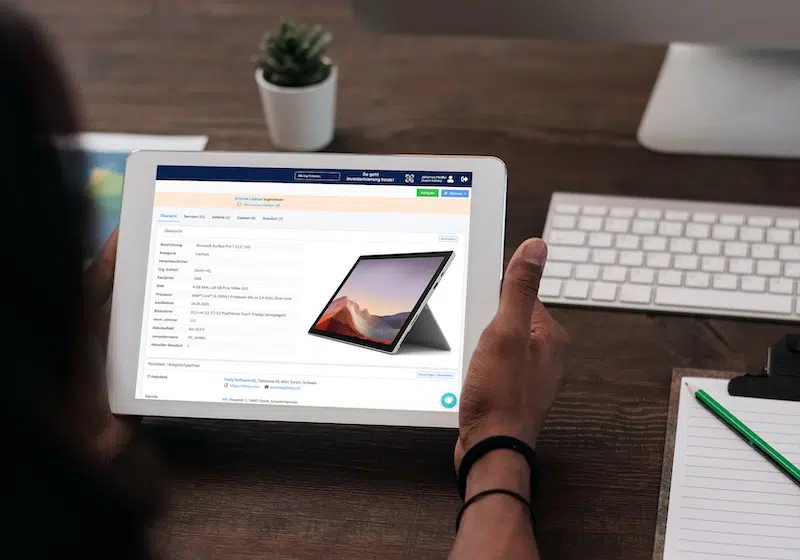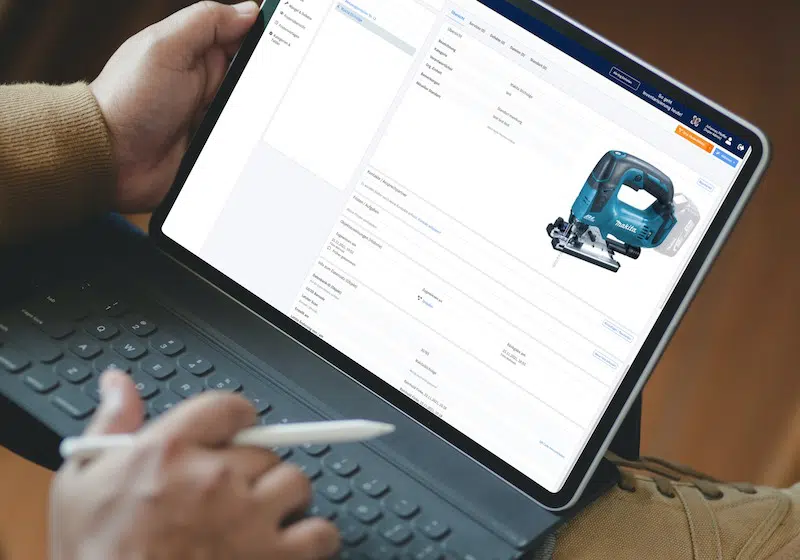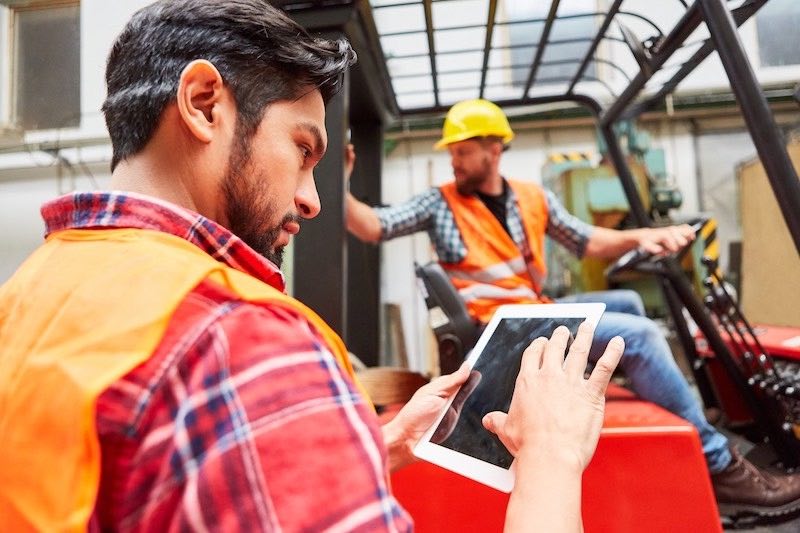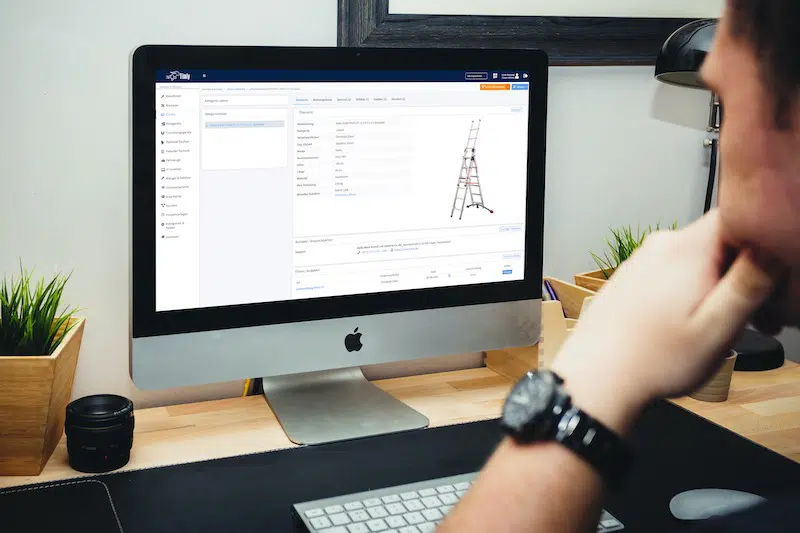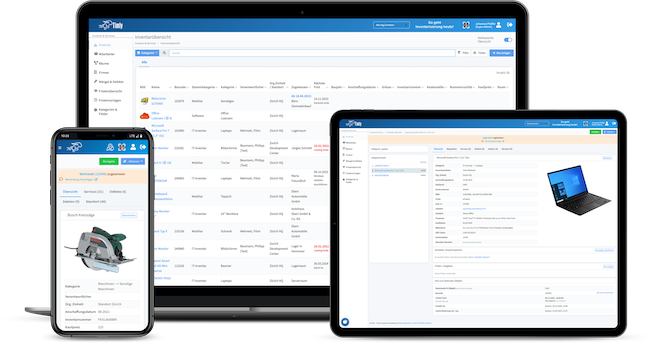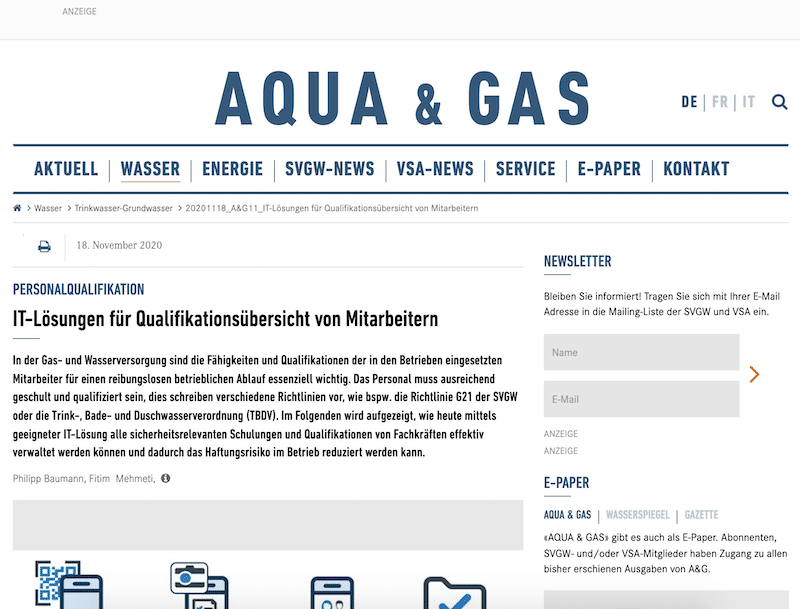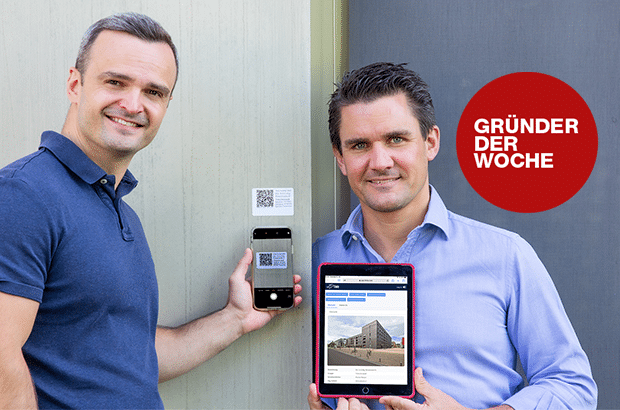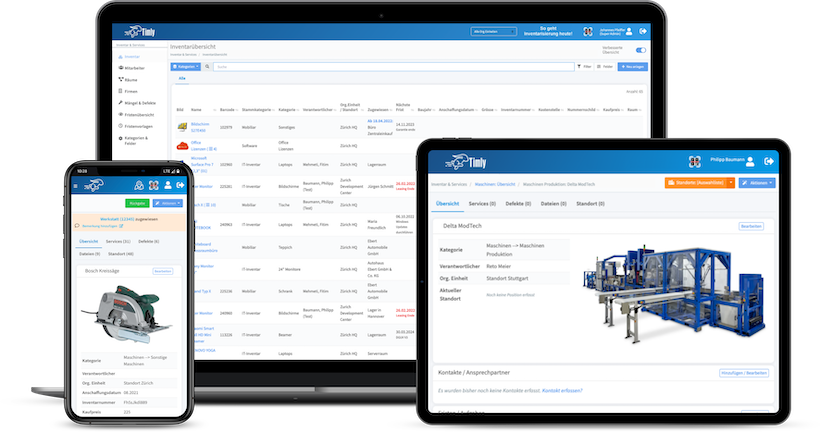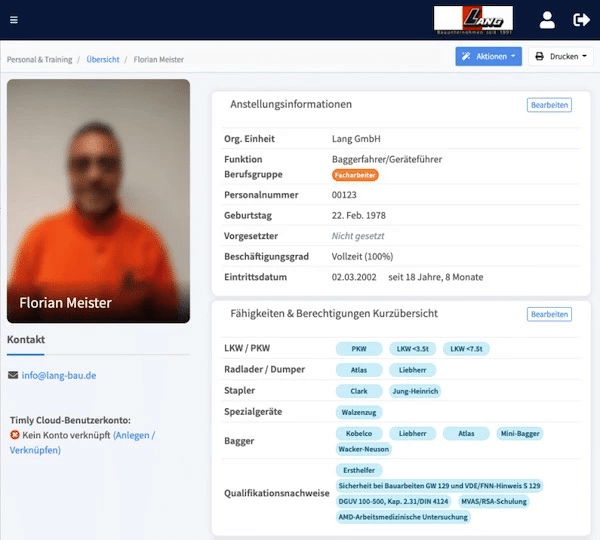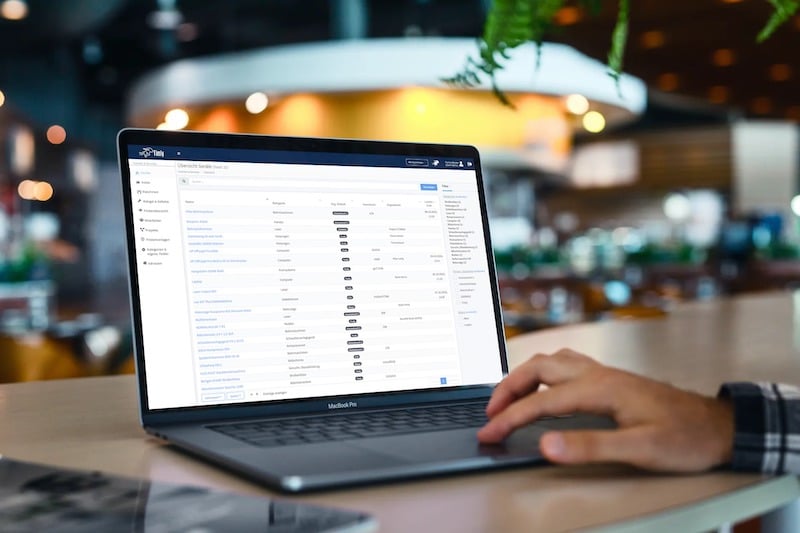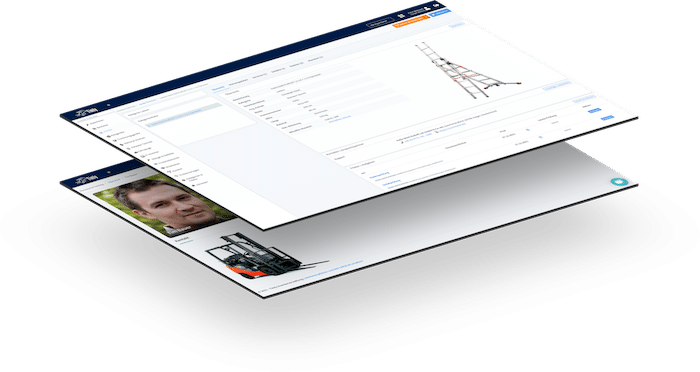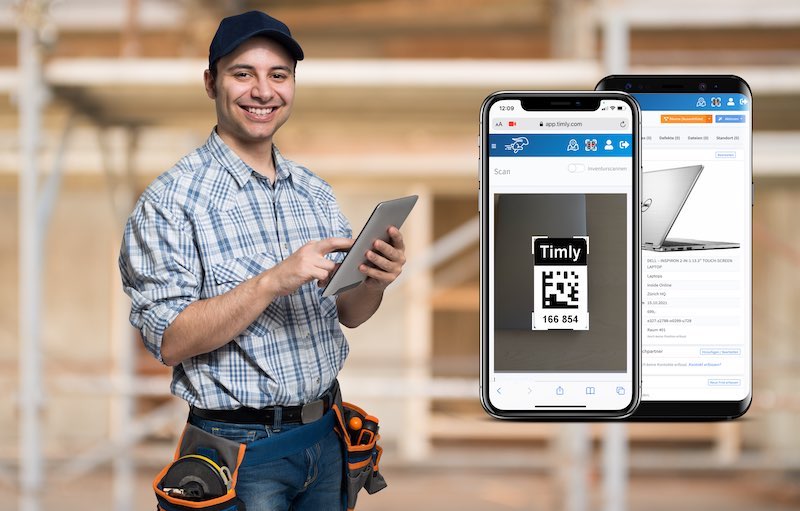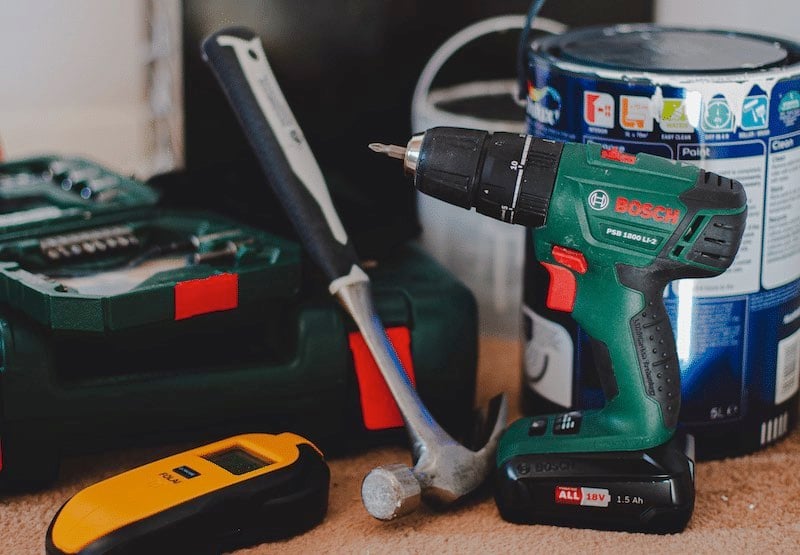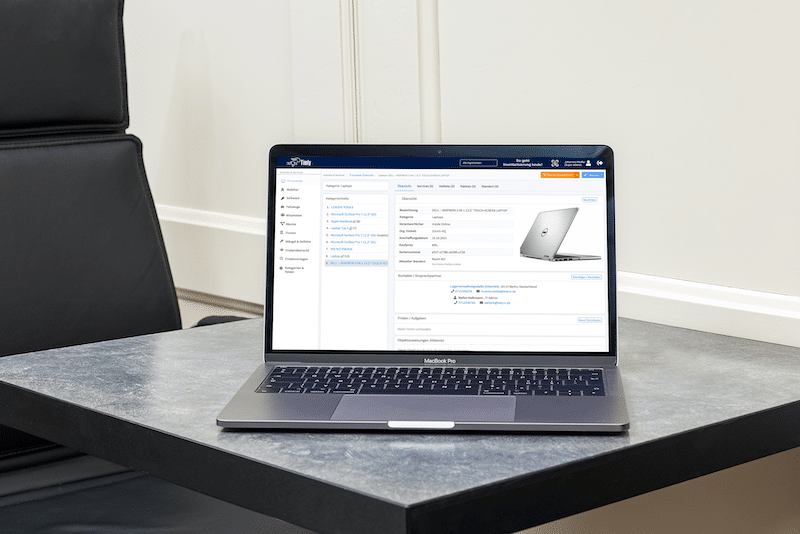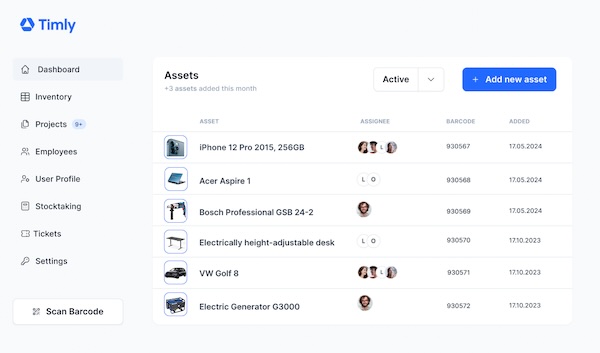
Key Takeaways:
- Tracking tools in construction is crucial for efficient project management and cost control, addressing challenges like misplaced or stolen tools and difficulties in tracking maintenance schedules.
- Implementing robust tracking tools enhances efficiency by ensuring the right tools are available, optimizing allocation, and tracking maintenance schedules.
- Effective tool tracking systems, such as barcode scanning or RFID technology, streamline operations, enhance safety, and ensure cost-effectiveness in the construction industry.
In This Article:
- How to Track Tools in Construction
- How Do Construction Sites Control Inventory?
- How to Prevent the Theft of Construction Tools
- Types of Construction Equipment Tracking
- Asset Management Software in Use by Our Customers
- Are QR Codes Useful in Construction Tool Tracking?
- Construction Equipment Tracking Systems for Different Project Sizes
- Frequently Asked Questions About How to Track Tools in Construction
How to Track Tools in Construction
Tracking tools in construction is important to provide efficient project management and cost control. In the construction field, there are many challenges faced when it comes to managing tools. For instance, the industry faces challenges such as misplaced or stolen tools, inefficiency in tool utilization, and difficulties in tracking maintenance schedules. By using proper tracking systems, these challenges can be addressed by providing real-time visibility on where the tools are located, their usage history, and maintenance status.
Thus, by implementing robust tracking tools, efficiency can be enhanced by ensuring that the right tools are in place, reducing downtime and delays. Moreover, it helps the construction industry optimize tool allocation, preventing overstocking or shortages. By tracking maintenance schedules, organizations can ensure a more proactive approach to repairing and replacing necessary tools, prolonging their lifespan and reducing downtime.
Overall, having effective tools in place allows for better streamlining of operations, minimizes losses, and improves work outcomes in the construction industry. This can be achieved through barcode scanning, RFID technology, or cloud-based platforms. Therefore, it is important to invest in proper tools and solutions that can provide significant benefits to the construction industry.
Keeping Construction Equipment Safe
Keeping construction safe is important in determining project success and staff well-being. Having a systematic approach to tracking construction equipment is important to reduce risks and optimize resource utilization. Manual methods involve tracking equipment and usage. This is unlike automated systems that use technology to monitor in real-time and track the collection of data.
It is important to know where the equipment is being moved or which location it is at. This is necessary to understand the location and usage of the devices. Hence, by using automated tracking systems such as GPS and RFID technology, it will provide accuracy and efficiency, thus, enabling the construction company to monitor their devices remotely. They can also receive alerts if there is any unauthorized use or potential theft of devices or equipment.
By using technology to accurately track, it will help promote equipment safety and enable proactive measures to be taken such as geofencing and remote immobilization if there is any unauthorized use. Additionally, digital tracking systems provide comprehensive data for maintenance schedules, helping with equipment reliability and prolonging its lifespan. Overall, by having a systematic approach and using the right technology, you can track equipment, enhance safety and efficiency, and ensure cost-effectiveness in the long run in the construction industry.
How Do Construction Sites Control Inventory?
Construction sites control inventory by having tailored options according to specific needs. Site audits and regular check-ins are important to maintain accountability. This is done by ensuring that the inventory levels are verified and that they are used properly. By implementing barcode scanning or RFID tracking systems, it will help to provide real-time monitoring of inventory usage and movement. This helps to reduce the risk of loss and theft.
To add on, by having a centralized inventory system that connects office, warehouse asset management, and field operations, you will be able to streamline operations and inventory processes. This is important to have seamless communication and data sharing and to provide accurate inventory information to stakeholders. Moreover, by having clear procedures to replenish the inventory, this would help to prevent stockouts and delays in the project timeline.
Furthermore, staff will need to undergo proper training in order to handle inventory procedures and improve inventory control while reducing errors. By having these strategies in place, you can ensure that construction sites will be able to enhance efficiency, minimize losses, and optimize project outcomes.
What Is the Best Program for Tool Inventory Tracking?
The best programs for tool inventory management are abundant in the market. However, there are a few inventory management software programs that stand out, like SAP, Sortly, and Timly. These tools offer comprehensive solutions that can be used in the construction industry. They feature barcode scanning, RFID tracking, and mobile accessibility, which help provide real-time monitoring and management of tools.
Timly is an effective inventory system that provides robust reporting capabilities and can integrate with other construction software, offering customizable options. Hence, when selecting construction management software, it’s important to find one that offers seamless integration with the current system, is user-friendly, and can scale as needed. However, one may also consider other optional features such as maintenance tracking, tool reservation, and capabilities like geofencing, which enhance the efficiency of the inventory management system. Thus, by selecting programs that have the necessary features that the organization requires, it’s easy to ensure effective tracking and management of the inventory system, improving productivity and profitability.
Over 600 Companies, Schools and Cities Rely on Timly
(No credit card required)
How to Prevent the Theft of Construction Tools
In order to prevent theft of construction tools, it is important to be aware of the common methods used on construction sites. Thieves often exploit vulnerabilities in security, targeting unsecured storage areas and locations with limited supervision, especially during non-working hours. Therefore, implementing a robust security system, such as additional lighting, fencing, and surveillance cameras, is crucial to enhancing site safety and protection.
Moreover, fostering a culture of responsibility and accountability among staff is essential for theft prevention. Providing training on security protocols, emphasizing the importance of equipment accountability, and encouraging staff to report any suspicious activities can help create a secure workplace environment. Additionally, implementing tools for identification and marking systems, such as engraving or RFID tags, can deter theft and aid in the recovery of stolen tools.
By proactively implementing these measures and fostering accountability among staff, construction sites can reduce the risk of theft and better protect valuable assets.

Training Programs for Effective Tool Management
Training programs for effective tool management are important to educate construction workers on tool tracking systems and procedures. With comprehensive training, construction companies can ensure that staff understand the importance of being accountable for equipment and the role each individual plays in maintaining inventory accuracy. Therefore, it is important to provide effective training, such as hands-on programs, interactive workshops, and online tutorials, customized to address specific needs at the construction site.
For example, conducting on-site training sessions where staff can learn how to use barcode scanners or RFID devices efficiently for tool tracking. Additionally, providing access to training materials and resources allows staff to refer back to them as needed, reinforcing learning and memory retention. Such training programs improve adherence to inventory management protocols, reduce instances of loss or theft, and enhance overall efficiency on construction sites. Overall, investing in training programs is crucial for construction companies to ensure.
How Do Contractors Mark Their Tools?
Additionally, contractors may use labels, stickers, or tags with barcode or RFID technology to label their equipment. These labels contain important information such as asset numbers, descriptions, and ownership details to facilitate efficient inventory management and tracking.
Some staff may also use ultraviolet (UV) or invisible ink markers that are visible under certain lighting conditions. These invisible markers serve as an additional layer of security that thieves need to be aware of.
Furthermore, contractors might register their tools with authorities or in online databases. This makes it easier to identify and recover stolen tools if theft occurs. By employing these strategies, staff and contractors can enhance security, reduce losses, and improve the efficiency of the inventory management system.
Types of Construction Equipment Tracking
Types of construction equipment tracking entail a myriad of methods that are customized to the value and mobility of the equipment. For instance, items that are high-valued and easily moved would require a GPS tracking system. This helps provide real-time location monitoring, thus aiding in efficient theft prevention and item recovery. This is particularly important for items such as heavy machinery and vehicles that are normally transported between sites.
As for smaller equipment, barcode or RFID tracking would provide a cost-effective solution. Barcodes can be assigned to items and scanned using a handheld device for inventory management and tracking purposes. RFID tags provide similar functionalities but with added features such as wireless communication, enabling faster identification and data capture.
Hence, it is important to determine the type of tracking method needed, depending on factors such as the value, size, and mobility of the item. By analyzing these factors, you can determine the most suitable tracking solution for your operations, ensuring enhanced security and maximized equipment utilization in the long run.
Comparing Different Types of Equipment Tags
When comparing different types of equipment tags, one needs to review several options, ranging from barcode scanning, QR codes, BLE tags, and GPS trackers.
Barcode and QR code tags provide cost-effective solutions for inventory management and tracking. They are easy to use and can gather information about devices and equipment. However, they need to be in close proximity when scanning, limiting their effectiveness for tracking assets at large construction sites.
Bluetooth Low Energy (BLE) tags provide real-time tracking within a limited range. They are best used for indoor tracking and can provide proximity alerts. However, additional infrastructure may be needed for optimal performance.
GPS trackers, on the other hand, offer comprehensive tracking, providing real-time location information for equipment both on and off-site. They are ideal for high-value items and mobile assets. However, there may be higher costs and additional subscription fees.
Overall, when selecting and comparing equipment tagging methods, factors such as budget, equipment value, and project needs need to be considered. By comparing the pros and cons of these methods, construction sites can identify the best solutions for their operational requirements.
Asset Management Software in Use by Our Customers
The Timly software is continuously evolving to meet the needs of our customers. In various success stories, we show you how Timly optimizes processes in companies, thereby saving significant effort. With Timly, inventory management becomes child’s play.

Optimized Device Management With Innovative Self-Inventory
SodaStream is the world market leader for water sparkling systems for domestic use and has a lot of IT equipment at its various locations. Many colleagues now work from their home offices. A digital solution for the efficient management of IT end devices became necessary...
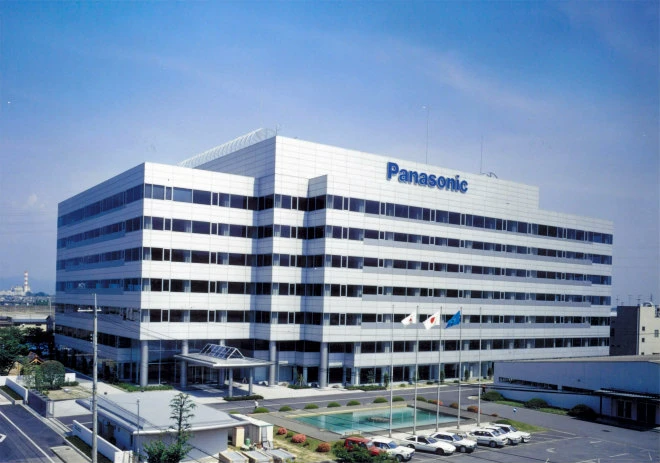
Panasonic x Timly: Driving Technological Innovation
One of the most remarkable aspects of human ingenuity is our ability to innovate. Innovation is embedded in the DNA of consumer electronics giant Panasonic, which has diversified into a number of sectors, from heavy industry to construction...
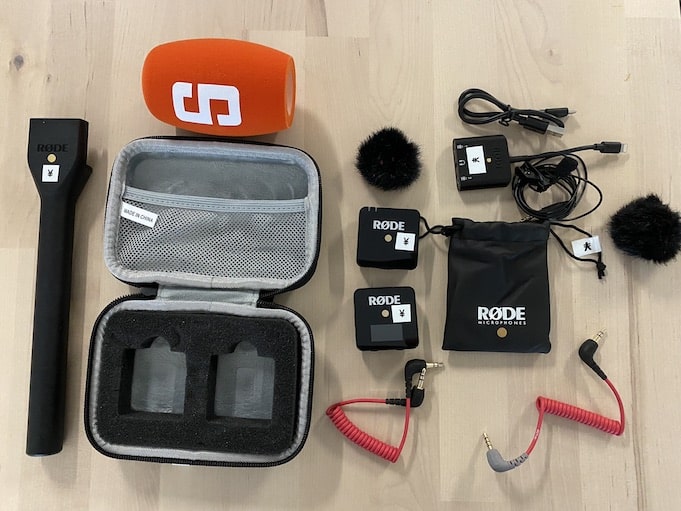
Manage Video Equipment Efficiently Without Much Effort
The Hamburg media company always does outstanding journalistic work and is characterized by independent reporting. In order to maintain journalistic quality, the teams work with highly specialized devices – these need to be managed efficiently...

Smart City Asset Management – Timly in Use at DIGOOH
The core business of DIGOOH Media GmbH in Cologne is to manage digital city light posters (DCLP) for outdoor use in various cities in Germany. The challenge here lies in making the client’s communication message always available at the right time, in the right place...
(No credit card required)
Are QR Codes Useful in Construction Tool Tracking?
QR codes are useful in construction tool tracking because they are versatile and easy to implement. By using these two-dimensional barcodes, you can store information about the equipment, including its serial number, description, and maintenance records. Thus, by implementing QR code tracking, you can affix QR code labels to each tool and use your smartphone or tablet installed with a QR code scanner.
There are many benefits to using QR codes in the construction industry. They provide real-time tracking of tools at various sites, facilitating efficient inventory management and reducing the risk of loss or theft. Therefore, QR codes streamline maintenance processes by providing instant access to maintenance logs and service information. Moreover, QR codes promote accountability among staff because they can be used to easily scan equipment going in and out, ensuring accurate records of usage. Overall, QR codes are cost-effective and practical tools for companies looking to enhance their efficiency and productivity.
Construction Equipment Tracking Systems for Different Project Sizes
When it comes to construction equipment tracking systems for different project sizes, one needs to understand that this may vary due to the size and scalability of the project. For organizations working on small projects with limited tools and equipment, they can use simple tracking systems such as barcode or QR code labeling. These systems are cost-effective and easy to use, ensuring at least basic tracking capabilities for small inventories.
However, for organizations working on large-scale projects with extensive equipment and multiple job sites, a more extensive and robust tracking system is required. GPS tracking systems provide real-time monitoring for heavy machinery and vehicles, ensuring efficient utilization and the prevention of theft. Additionally, RFID technology offers a scalable tracking solution capable of handling large inventories and providing advanced features such as automated inventory management and construction asset tracking sosftware.
Thus, when choosing a tracking system, it’s important to consider its scalability and flexibility. Select a system that can grow with the organization in size and complexity, providing opportunities for future expansion and evolution in effectively tracking items and equipment.
Frequently Asked Questions About How to Track Tools in Construction
How to Track Tools in Construction
How Do Contractors Mark Their Tools?
Recommended for You:
Book an online demo - free and without obligation - or create your free trial account directly.






